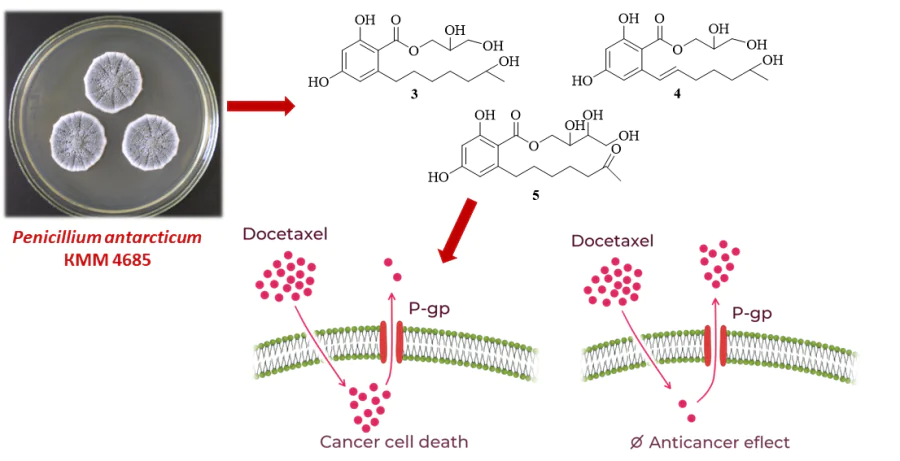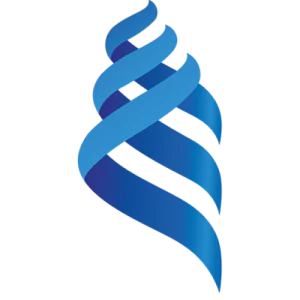Publications
42
Citations
641
h-index
15
Authorization required.
Our main task is to search for promising pharmacologically significant "leader molecules". Microscopic fungi associated with the surface of marine objects such as seaweed, seagrass, seabed (soil/sand), marine animals (sea urchins, holothurias, stars, ascidia) serve as a source of new bioactive compounds. Marine fungi are isolated from the surface of marine objects and cultivated in large quantities in the laboratory, which allows you to work with a large volume of biomass.
- High-efficiency liquid chromatography (HPLC)
- NMR spectroscopy

Olesya Zhuravleva
Head of Laboratory
Research directions
search for natural biologically active metabolites
+

To isolate new biologically active compounds, we use modern chromatographic methods such as analytical and semipreparative high-performance liquid chromatography (HPLC). In its instrument base, the laboratory has a high-performance Shimadzu liquid chromatograph (Japan) with refractometric and UV detectors, which allows solving any analytical and applied tasks. For evaporation and concentration of large volumes of extract solutions, we use modern rotary evaporators Heidolph (Germany) and Buchi (Switzerland), which allow you to quickly evaporate even an aqueous solution and obtain a dry extract or a pure substance. Thanks to the close cooperation of our laboratory with the Pacific Institute of Bioorganic Chemistry named after G.B. Elyakov, FEB RAS, we have access to a unique instrument base of Bruker NMR spectrometers at 500 and 700 MHz (nuclear magnetic resonance spectroscopy) equipped with cryogenic and nitrogen sensors that allow us to capture one- and two-dimensional NMR spectra in high quality using only 1 mg of the substance. Based on the obtained spectral data, the chemical structure of the isolated compounds is established and confirmed by additional physico-chemical (UV, IR, mass spectrometry, CD), chemical (obtaining semi-synthetic derivatives) and computational (comparison of the calculated and experimental CD spectrum) methods. The study of the antitumor and cytotoxic effects of the isolated compounds is carried out jointly with the Laboratory of Experimental Oncology (Hamburg, Germany) using human prostate cancer cell lines under the supervision of Dr. Sergey Anatolyevich Dyshlovoy.
Publications and patents
Found
Nothing found, try to update filter.
2022
—
2024
| Лещенко Елена Владиславовна
Lab address
о. Русский, Кампус ДВФУ, корп. В
Authorization required.




